How safe is train travel?
The Week looks at the safety records of modern railways in Europe, the US and the UK
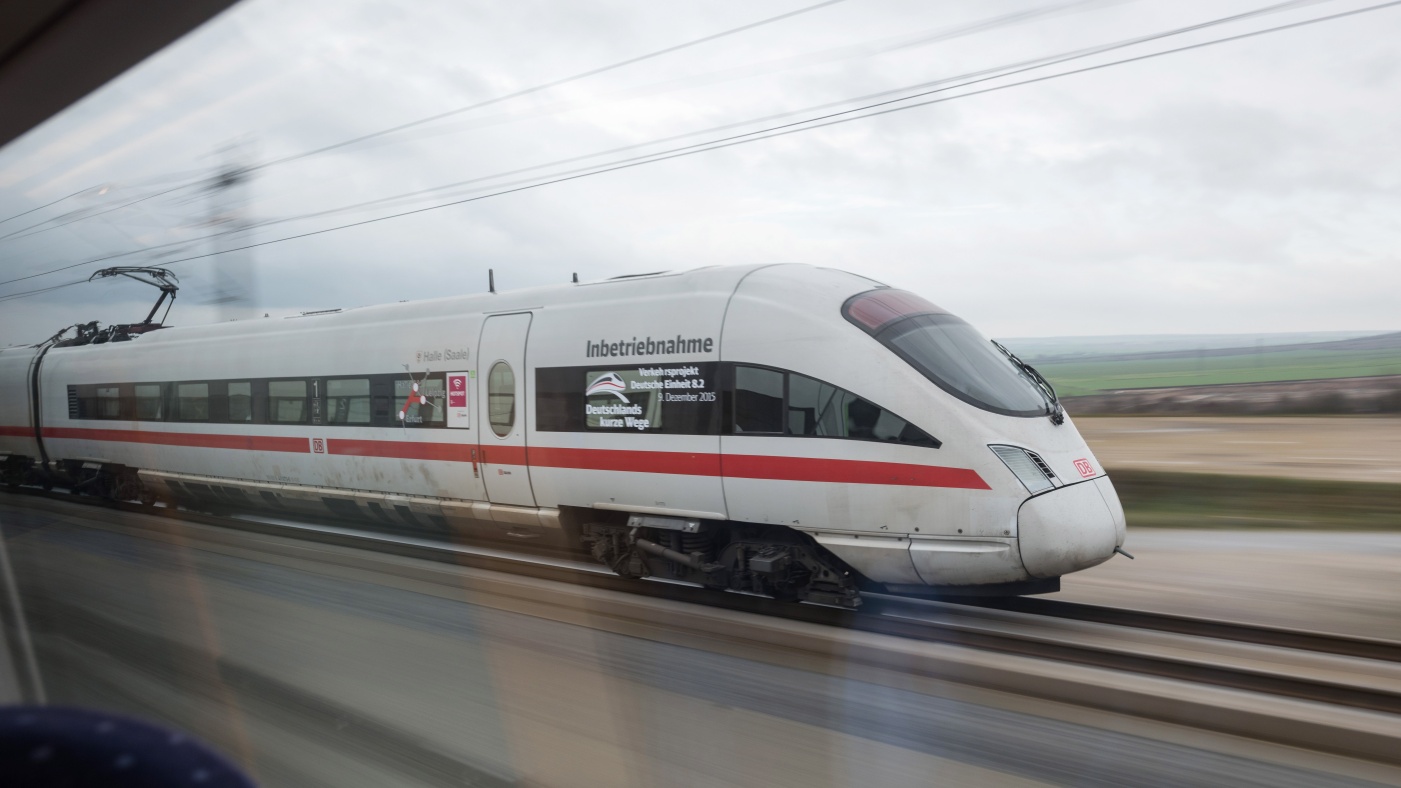
Greece is experiencing a wave of public anger after 57 people, including many students returning to university after a holiday weekend, died in a horrific train crash.
Dozens of passengers were also injured in what was the country’s “deadliest rail accident in living memory” after a passenger train carrying 350 people collided with a freight train just outside the city of Larissa, said Sky News.
Greece has seen days of demonstrations in Athens and Thessaloniki as “tens of thousands” of protesters took to the streets to demand better safety standards on the country’s railways. Rail workers held a one-day strike on Thursday following the disaster, “blaming government neglect”, said the BBC.
The Week
Escape your echo chamber. Get the facts behind the news, plus analysis from multiple perspectives.

Sign up for The Week's Free Newsletters
From our morning news briefing to a weekly Good News Newsletter, get the best of The Week delivered directly to your inbox.
From our morning news briefing to a weekly Good News Newsletter, get the best of The Week delivered directly to your inbox.
The disaster isn’t the only rail crash to hit the headlines in recent weeks. In early February a freight train carrying hazardous materials derailed in East Palestine, Ohio, leading to a major environmental disaster and forcing about half the town’s 5,000 residents to evacuate.
The incident has “stoked outrage” across the US at the train company involved, Norfolk Southern, and the government’s “lacklustre” response. Residents still have “lingering worries” about the long-term health impacts of the crash, said The Guardian. On Saturday, another Norfolk Southern freight train derailed near the town of Springfield, Ohio. No one was injured and the derailed carriages were not carrying hazardous material this time.
How safe is rail travel in Europe?
The deadly crash in Greece is one of the worst rail disasters in Europe in recent years but goes against an overall downward trend in the European Union over the past 40 years in the number of rail accidents and fatalities.
According to a 2022 report on Railway Safety and Interoperability in the EU, railways in Europe remain “among the safest in the world” with major accidents involving five or more fatalities becoming “increasingly rare”. However, the report said that progress has been “very uneven” across all EU member states, and pointed to “a significant variation in safety levels”.
A free daily email with the biggest news stories of the day – and the best features from TheWeek.com
The report, compiled by the European Union Agency for Railways (ERA), found that “one of the main drivers of disparities in safety levels seems to be the level of safety of the railway infrastructure” across Europe. “The deployment of advanced train protection systems (TPSs) and railside protected level crossing devices” varies greatly across EU member states.
According to the latest figures available, there were 1,331 significant accidents, 687 fatalities and 469 serious injuries were reported in EU countries in 2020, which are “the lowest values ever recorded”.
Since 1980, there has been an overall “downward trend” in major accidents and fatalities across EU railways. In 2020 and 2021, there were no accidents resulting in five or more fatalities although there were two such accidents in 2019. The number of fatal train collisions and derailments has “decreased continuously” since 1990, although 2020 saw a peak of eight major train collisions or derailments.
What about in the US?
According to the Association of American Railroads (AAR), the accident rate is down 28% since 2000 with the last decade being the “safest ever”.
Data from the Federal Railroad Administration revealed that accidents on mainline railways are at “an all-time low” and down 49% since 2000. And for all railroads, the accident rate has declined 44% since 2000.
Incidents of derailment are down 31% since 2000, however they were up by 5% year on year. According to the AAR, the hazardous materials (hazmat) accident rate is down 78% since 2000, which represents “the lowest ever based on preliminary Bureau of Explosives data”.
However, USA Today analysis showed that in the case of Norfolk Southern, the company involved in the two recent Ohio derailments, “the rate of accidents has been ticking up” over the past decade. And so have its numbers on carriages carrying hazmat materials that have been damaged or derailed, “with 14 damaged or derailed in 2012, a peak of 117 in 2020 and 85 in 2021”, said the news site.
And how safe is it in the UK?
In the UK, there have been no major accidents that have resulted in passenger or workforce fatalities since August 2020, when three people were killed in a derailment at Carmont, in Scotland. The accident followed “13 years with no passenger or workforce fatalities in accidents of that type in Britain”, according to data from the Office of Rail and Road.
According to the latest data, there were 11 passenger or public facilities on the UK’s rail network in the year to March 2022, an increase from six in the previous year while the country was in the midst of the Covid-19 pandemic.
Six fatalities occurred in mainline stations, two occurred on the London Underground and three fatalities occurred after collisions between members of the public and trams.
There were 9,065 workforce and non-workforce injuries in the latest year, an increase of 64.1% compared with the previous lockdown-affected year. The figure is still the lowest of any pre-pandemic year going back to at least 2002-03.
Sorcha Bradley is a writer at The Week and a regular on “The Week Unwrapped” podcast. She worked at The Week magazine for a year and a half before taking up her current role with the digital team, where she mostly covers UK current affairs and politics. Before joining The Week, Sorcha worked at slow-news start-up Tortoise Media. She has also written for Sky News, The Sunday Times, the London Evening Standard and Grazia magazine, among other publications. She has a master’s in newspaper journalism from City, University of London, where she specialised in political journalism.
-
 Political cartoons for January 3
Political cartoons for January 3Cartoons Saturday's political cartoons include citizen journalists, self-reflective AI, and Donald Trump's transparency
-
 Into the Woods: a ‘hypnotic’ production
Into the Woods: a ‘hypnotic’ productionThe Week Recommends Jordan Fein’s revival of the much-loved Stephen Sondheim musical is ‘sharp, propulsive and often very funny’
-
 ‘Let 2026 be a year of reckoning’
‘Let 2026 be a year of reckoning’Instant Opinion Opinion, comment and editorials of the day
-
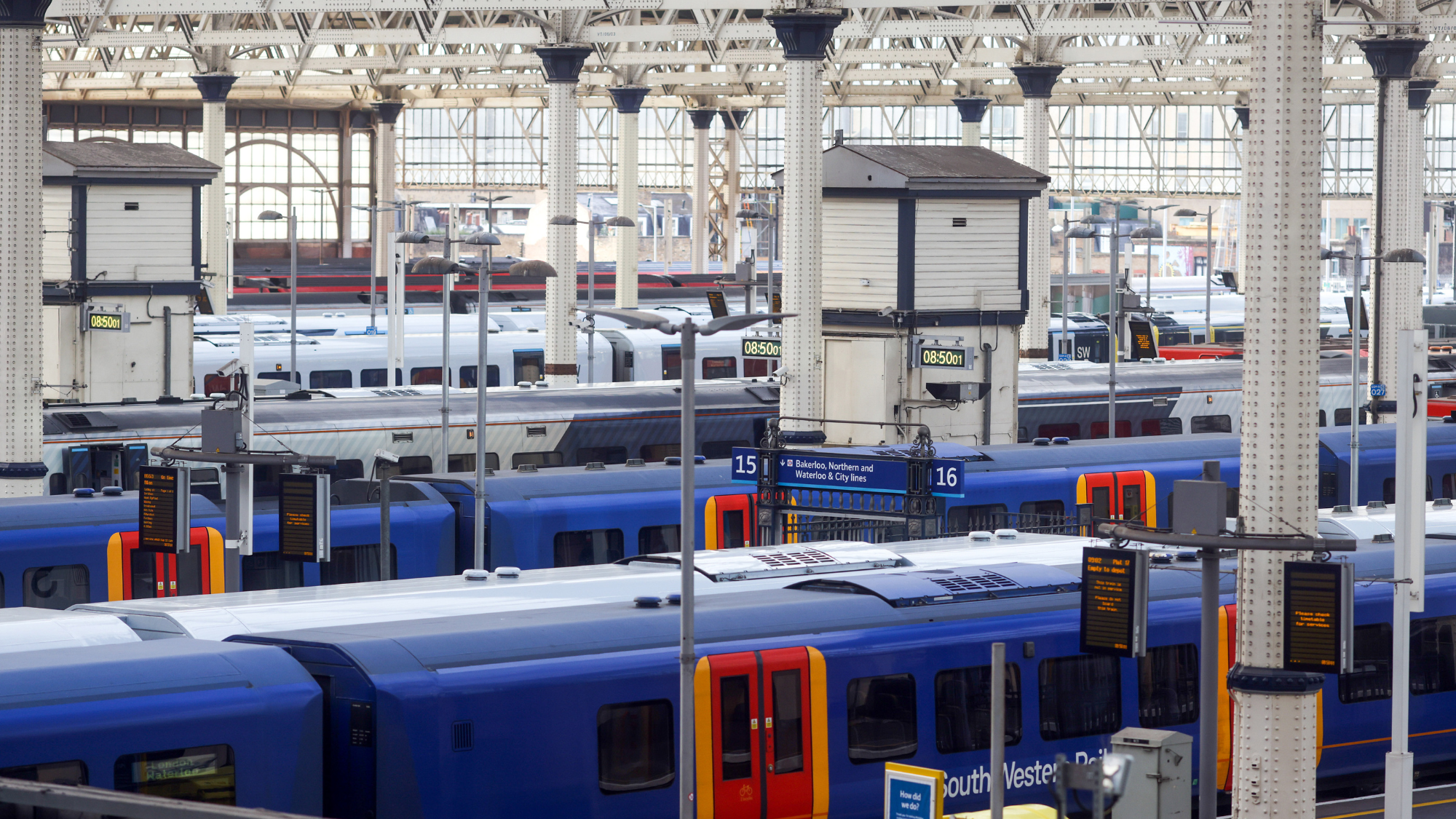 Is it finally all change for train Wi-Fi?
Is it finally all change for train Wi-Fi?In The Spotlight South Western Railway's 5G Wi-Fi service has changed the way passengers connect – but will the new system catch on?
-
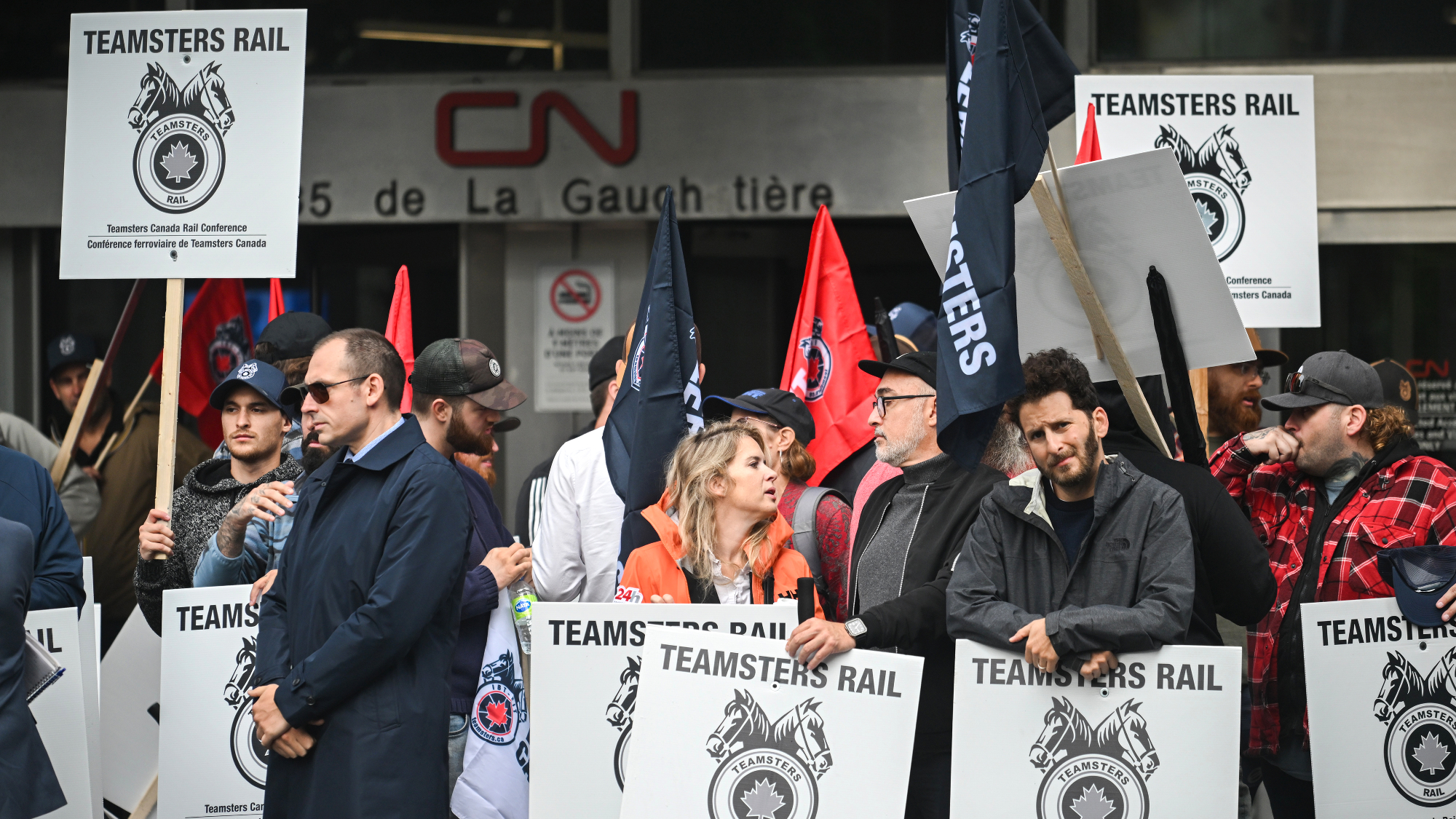 Brief Canada rail lockout ends with arbitration
Brief Canada rail lockout ends with arbitrationSpeed Read A prolonged shutdown could have threatened the country's supply chain
-
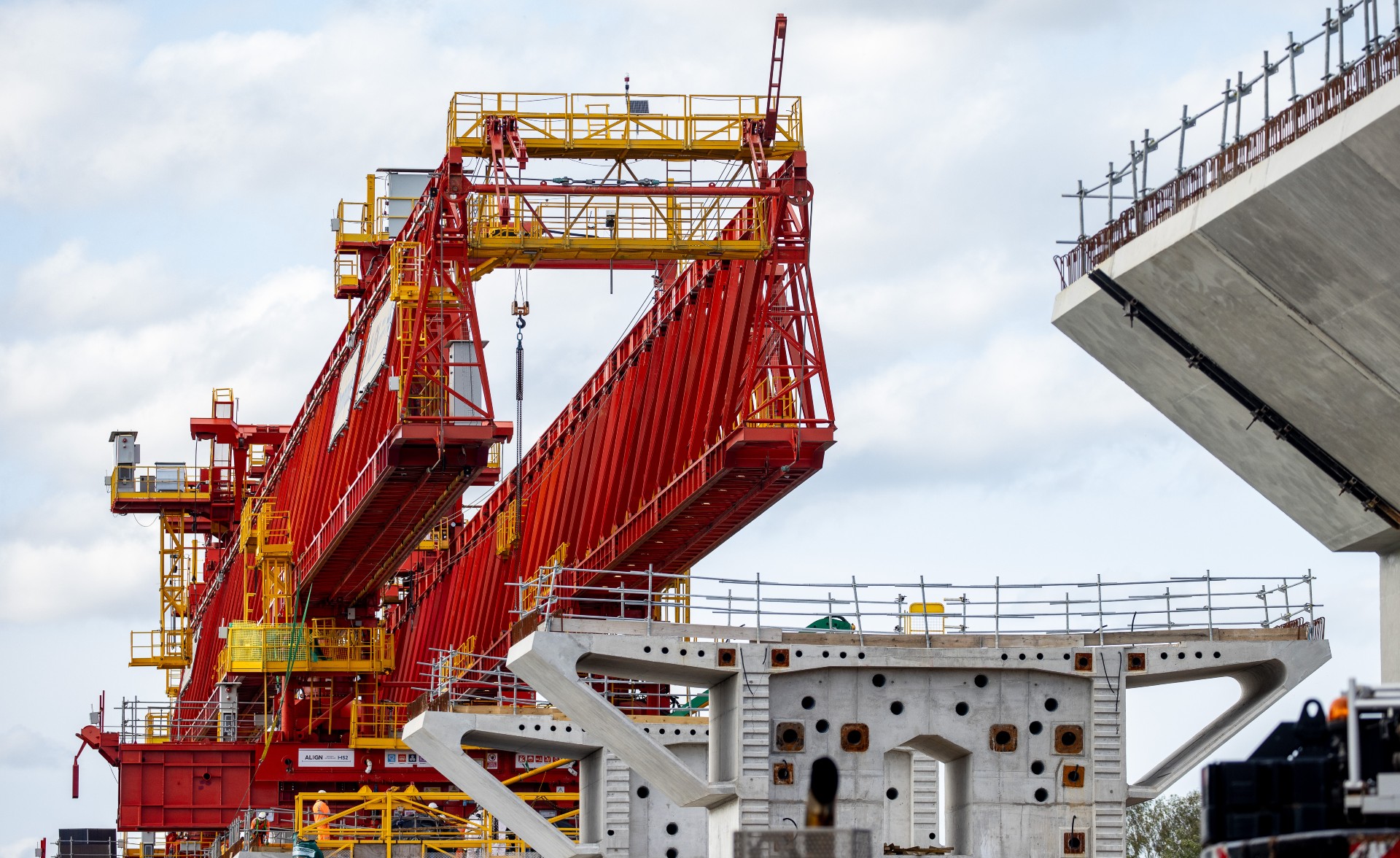 HS2: a runaway train
HS2: a runaway trainTalking Point PM may cut Manchester to Birmingham line of beleaguered rail project due to spiralling costs
-
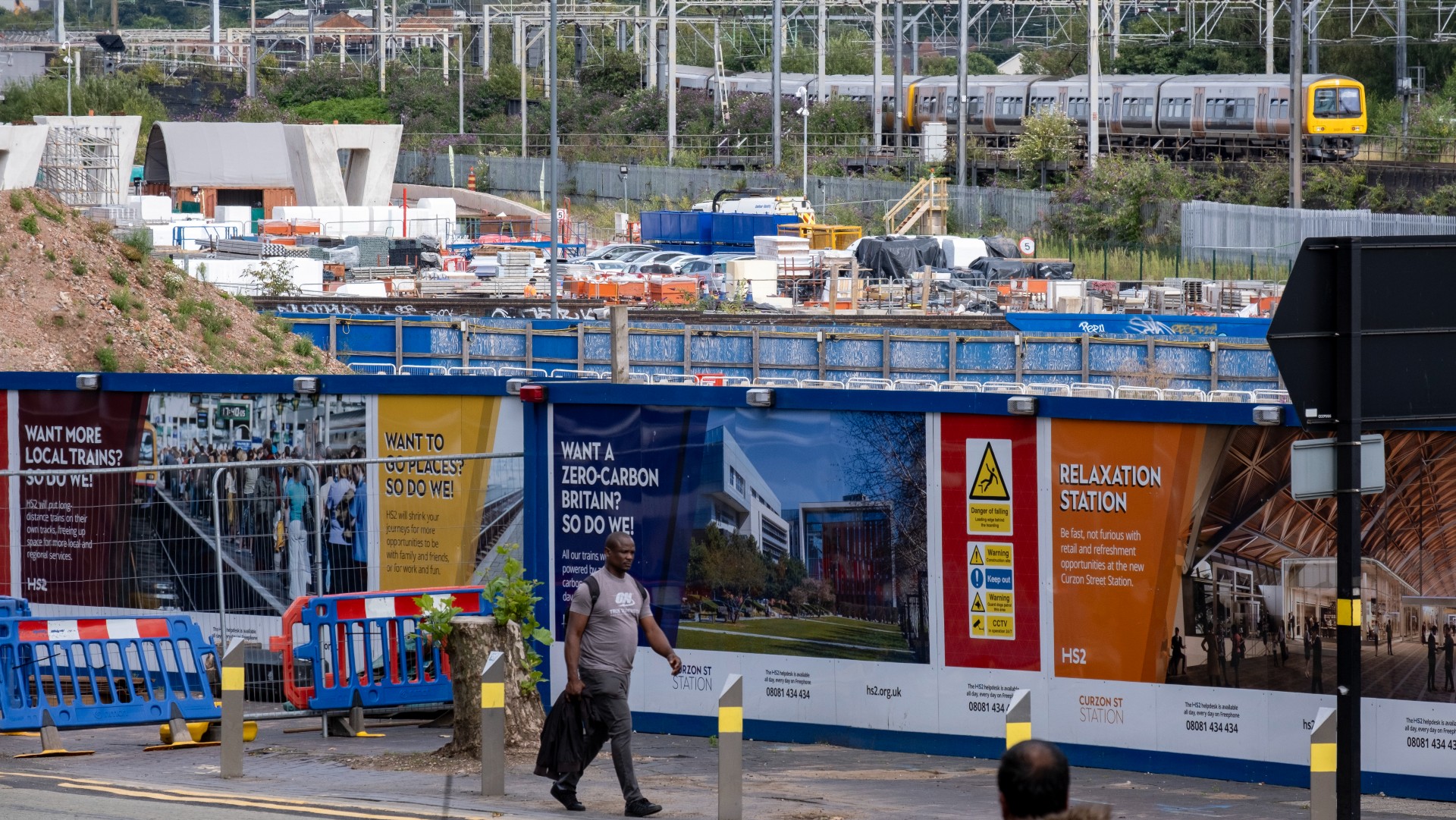 Is Britain’s infrastructure failing?
Is Britain’s infrastructure failing?feature High costs, inflation, policy uncertainty and ‘nimby’ tax have led to ‘dire state’ of UK building projects
-
 ‘Ghost trains’ and armoured limos: how Vladimir Putin travels in secret luxury
‘Ghost trains’ and armoured limos: how Vladimir Putin travels in secret luxuryUnder the Radar Planes, trains and automobiles make up the Russian president’s fleet of undercover travel options
-
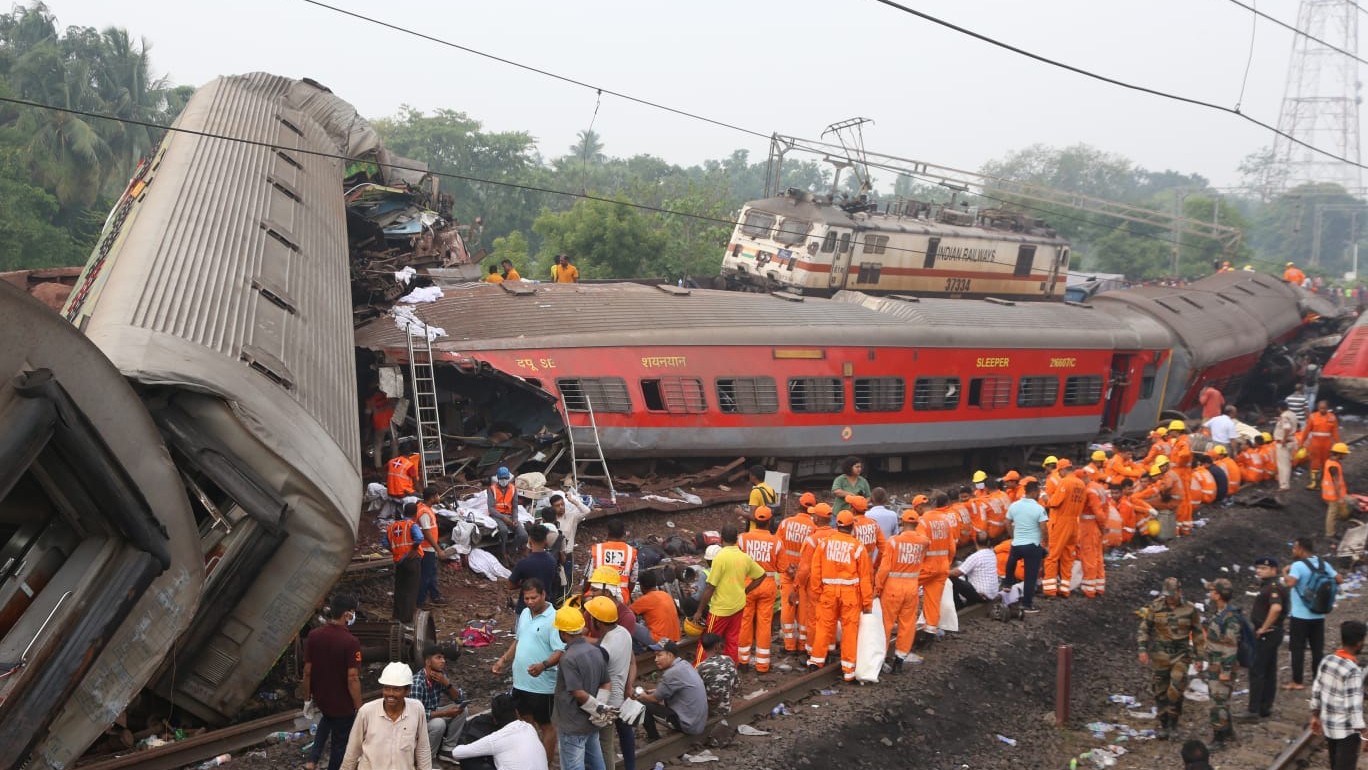 How safe is India’s rail network?
How safe is India’s rail network?feature Narendra Modi’s costly modernisation programme in spotlight after worst train disaster in decades
-
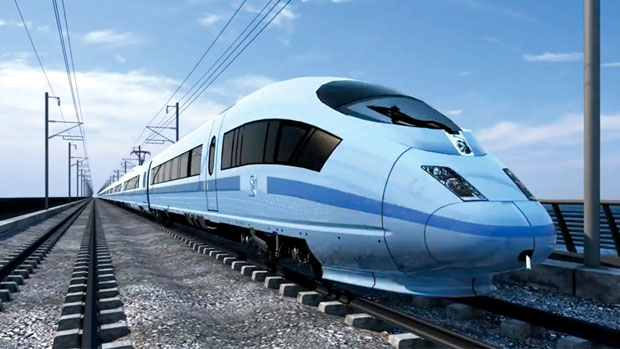 Will HS2 be scrapped and what has it cost so far?
Will HS2 be scrapped and what has it cost so far?In Depth Experts say cutting costs on the controversial high-speed rail project could mean a slower and less regular service linking fewer locations
-
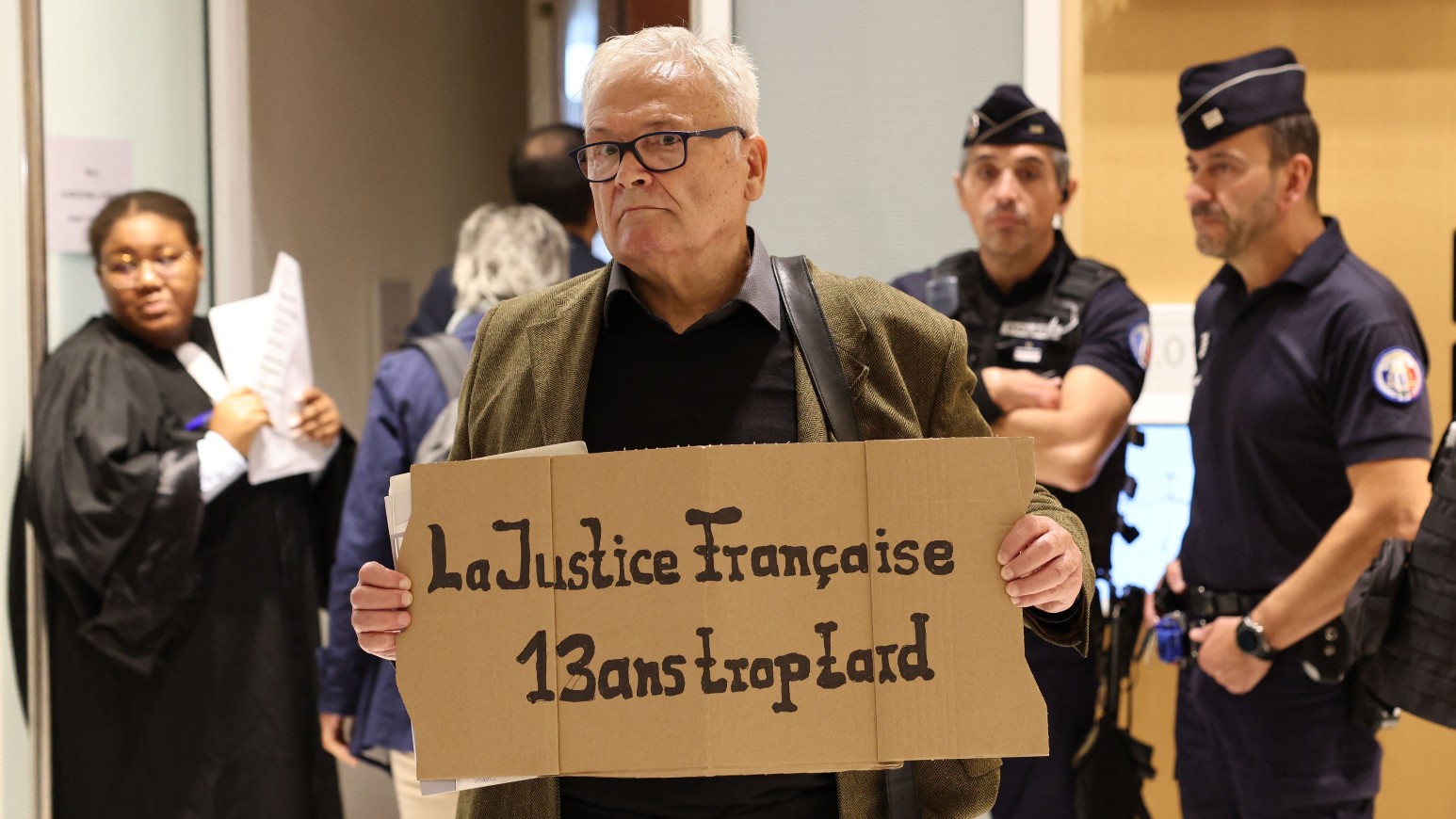 What happened to Air France flight AF447?
What happened to Air France flight AF447?feature Airbus and Air France on trial for manslaughter over crash that ‘changed aviation history’